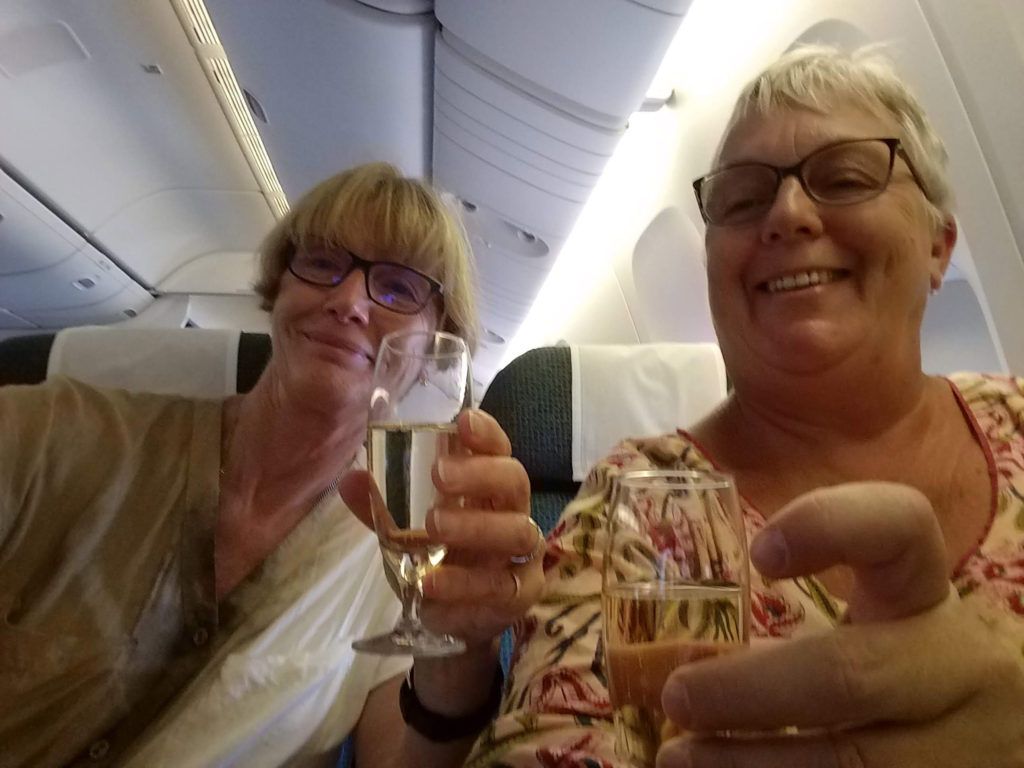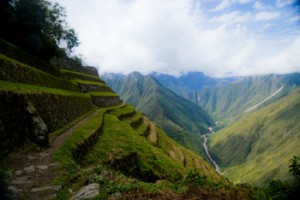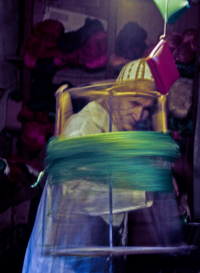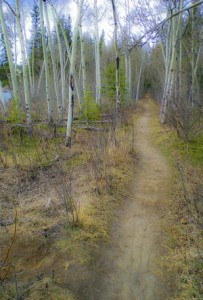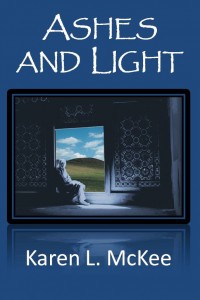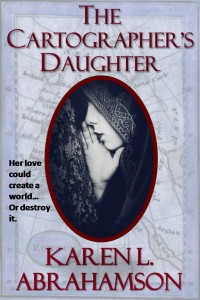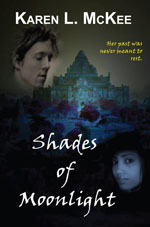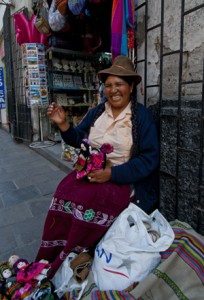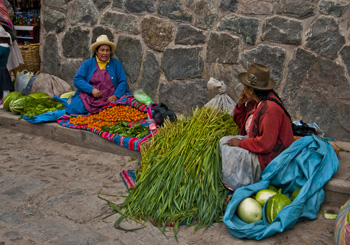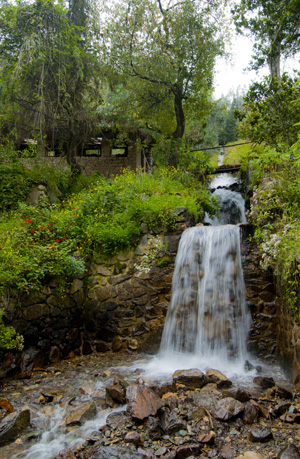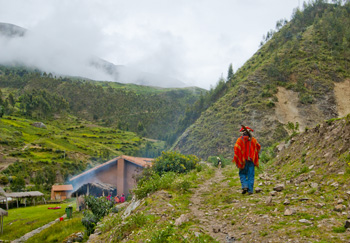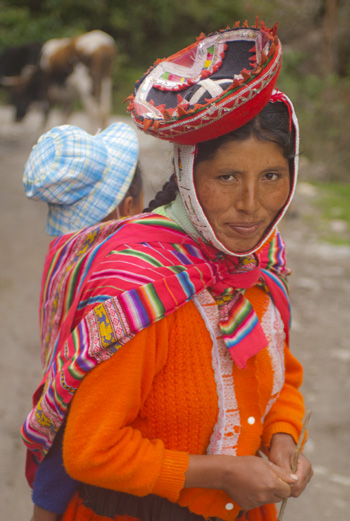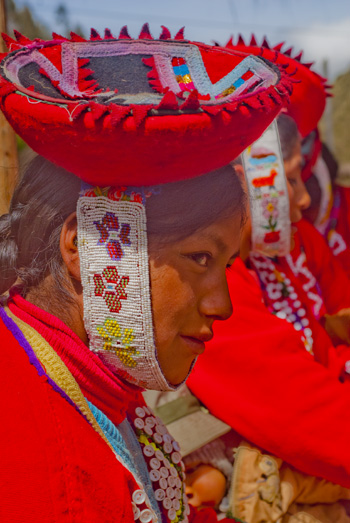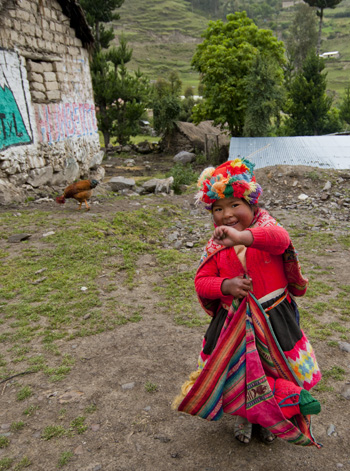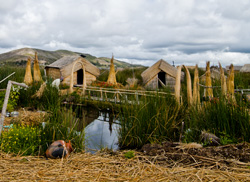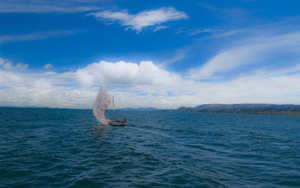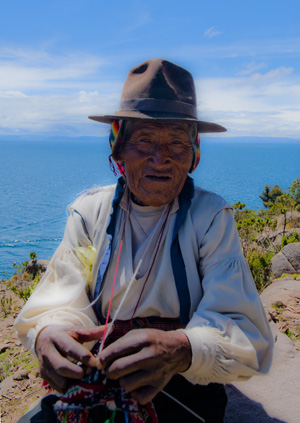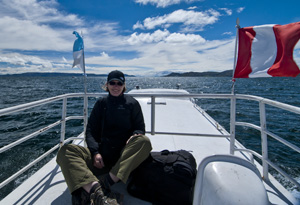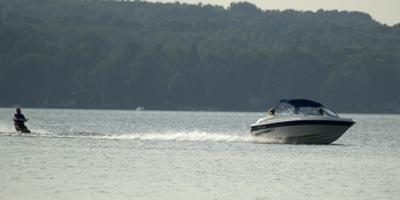What to consider when considering a tour:
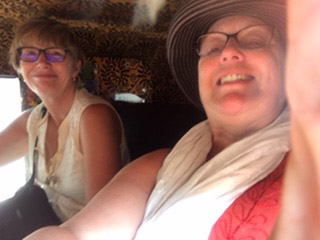 Recently a friend and I took a tour in India. Now first of all, a disclaimer from me: I am not a tour kind of person. I prefer to travel on my own in most situations, however I have done tours in the past that were some of my most memorable travels for all the right reasons.
Recently a friend and I took a tour in India. Now first of all, a disclaimer from me: I am not a tour kind of person. I prefer to travel on my own in most situations, however I have done tours in the past that were some of my most memorable travels for all the right reasons.
The India trip left me and my travel companion thinking that there was more that we should have done to do due diligence before booking the tour. The following list of questions/considerations is intended to help travelers to gather complete information before booking a tour so that you aren’t surprised along the way. These questions are in no particular order.
- Is this a tour provided by a large company or a small one-person operation or something in between? Large tour operators are more likely to have many resources on the ground in your destination, but are less likely to have the flexibility to shift itineraries to meet your preferences. Small operators offer flexibility, but also may not have the network and knowledgeable guides that you want.
- How many times has the guide led this tour? Is he/she from the country in question? What are the guide’s credentials (e.g. do they have training in the culture/history/natural history and geography of where you are going? In other words can you ask them the name of a local tree is and get an answer instead of a shrug.)
- Ask whether the guide usually caters to a particular clientele, such as seniors, women, men, LGBTQ? Consider whether the guide’s experience could conflict with what you expect on a tour. For example, if the tour guide has mainly dealt with Seniors, but you enjoy high levels of physical activity. Be clear about your expectations and make that clear to your guide before the trip.
- Does the guide/operator use local guides at certain destinations? When was the last time they were in touch with the local guides? Do they have a backup should the intended local guide not be available? Are the local guides affiliated with an established local company that can be easily contacted?
- If you can speak to the tour guide, ask them to tell you about the culture that you’ll be traveling in. Get a sense of whether the guide respects or even likes the local people.
- If you can speak to the guide, ask them about visiting a historical site. How will this be handled? Will they:
- shepherd you through like a flock of sheep,
- go in with you and be available for questions and to ensure that you see everything, or
- will they send you in and stay outside to do the newspaper crossword puzzle?
Consider what you want from your guide.
- Ask what types of restaurants you will eat in and what meal times will be kept. Will there be three meals a day at regular times, or will it be catch as catch can between breakfast and dinner? Consider your meal requirements and discuss with the tour operator/guide whether they can be accommodated.
- What types of transportation will be used? Consider that in less developed countries overnight trains, even in first class sleeper cars, may not provide comfortable sleeping accommodation. If these are very long trips, how will meals be accommodated while on the train?
- What types of hotels will you stay in? Will they be in areas where you will feel comfortable going out walking? If not, will the hotel be such that you will be comfortable staying in the hotel? E.g. is there a pool or something else to do and are the rooms clean and large enough to feel comfortable rather than cell-like. Be clear about what you need, because if you expect 5 star and only get 2 or 3 star (or expect 3 star and get one star or no star) accommodation, you won’t be happy. Ask whether the guide has stayed in these hotels before.
- Ask what will be done if you arrive at accommodation and it is clearly unacceptable (e.g. the room has bugs.)
- Consider how many days are spent in travel versus in individual locations. Is there enough time to see the location and to settle in a hotel, or are you forever going to have bed-head from sleeping on railway cars or buses?
- If something falls through – e.g. a location is closed – does the tour have a backup plan for activities?
- Before the tour, ask whether there is openness to adjustments to the itinerary. Is the guide willing to research possible changes and present choices to the client? For example, are there alternative ways to accomplish transportation? Do you have to do a round-trip boating trip, that then requires a driver to take you to the next destination, or could the boat actually take you to the next destination instead of returning to its point of origin?
- Are there any identified or potential extra costs? For example, would the boat trip to the new destination cost extra? If there is an extra guide for the trip, is there any additional cost for that additional guide? Clarify that all costs are included in the price agreed to at the start of the trip other than the tips for the workers and guide(s).
- If the guide is going to make recommendations regarding shops or products, what knowledge does the guide have of that type of shop or product? For example, if recommending a tailor shop, does the guide know enough about sewing to judge whether a bespoke item is well made or even sufficiently finished (e.g. no raw edges inside, not so poorly measured and cut that they have pieced together portions of the garment and tried to hide it?)
- Consider past reviews of the guide or contact past users to ask about appropriateness of guide language and conduct such as inappropriate sexual comments, respect for country’s culture, consumption of clients’ alcohol, consuming illegal substances, respect for restaurant/hotel workers, drivers etc.
- Ask whether there will be consultation with all clients about changes in itinerary.
- Ask for guidance about appropriate tips for the variety of people who will help you along the way, including drivers, hotel staff and subsidiary guides. Gain a sense of whether there will be any suggestion/expectation of patronage (e.g. special support like immigration assistance or money) for guides/workers along the way and whether this is condoned by the company.
- Recognize that you will not see everything or do everything that you want to during a tour. There is never enough time.
- Be prepared to be exhausted at the end of a tour. A tour excels at cramming a lot into a short time. Don’t expect to be rested, but do expect to your head to be filled with a tremendous number of adventures.
